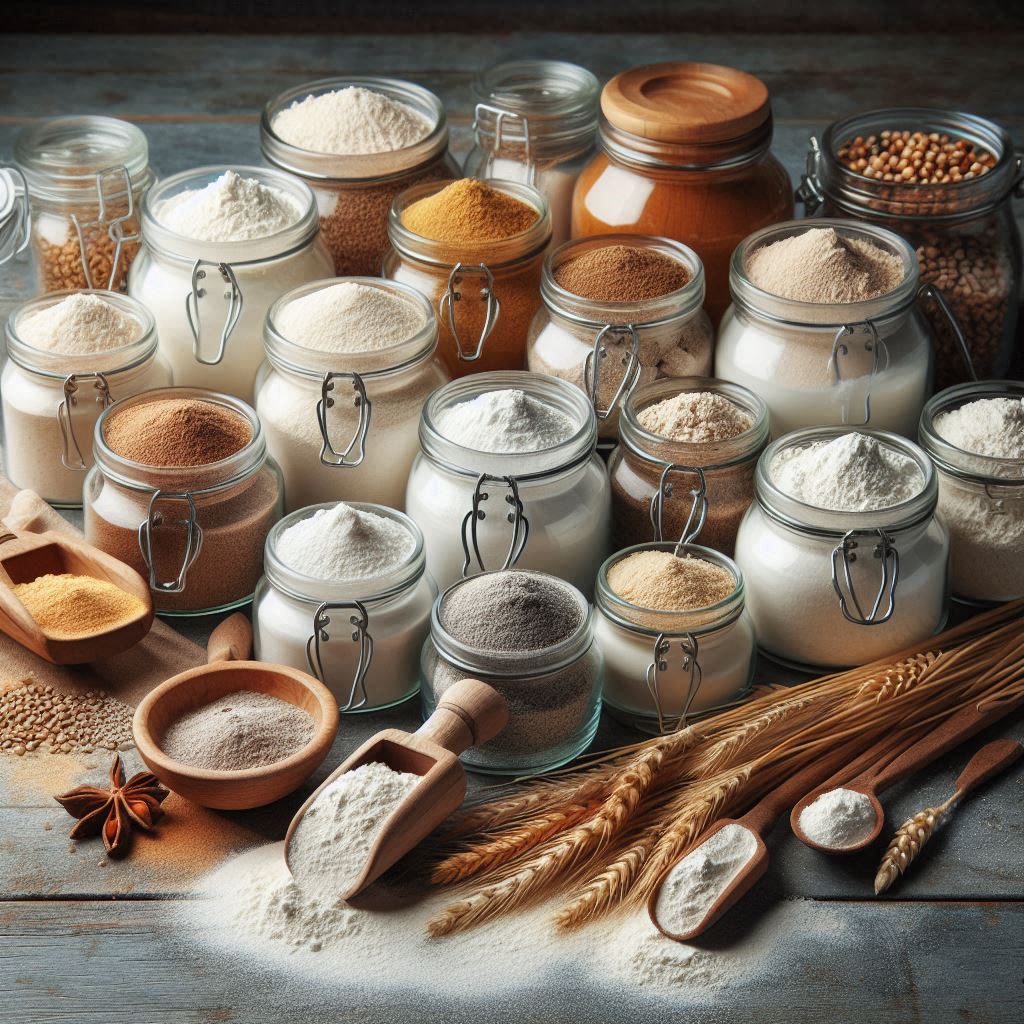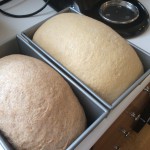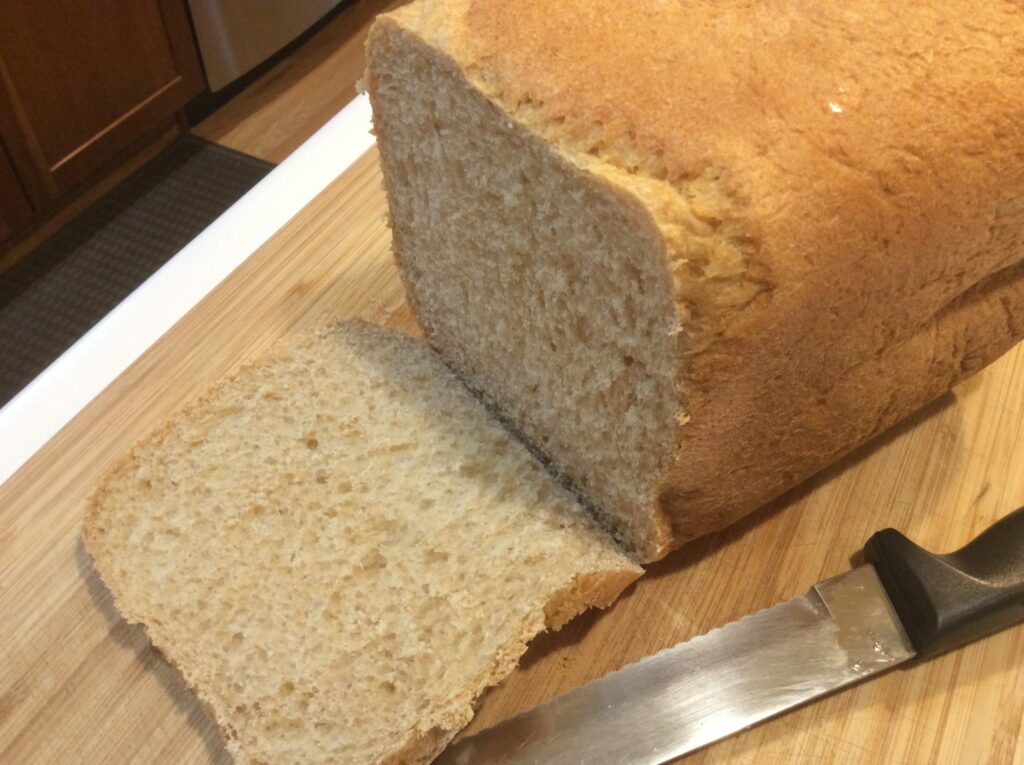Gluten-Free Flour Alternatives
If you’re allergic to wheat flour, there are several gluten-free flour alternatives you can use in your cookie recipes. Each type of flour has unique properties, so you might need to make additional adjustments to your recipes to achieve the desired texture and flavor. Here are some popular wheat flour alternatives and tips for using them in cookies:

1. Almond Flour
- Texture: Adds a slightly nutty flavor and a tender, crumbly texture.
- Usage: Use in combination with other flours for better structure. Replace up to 25% of the wheat flour in a recipe, or use it as the primary flour in recipes specifically designed for almond flour.
- Adjustment: Increase the amount of eggs or binding agents since almond flour lacks gluten.
2. Coconut Flour
- Texture: Highly absorbent, adds a subtle coconut flavor.
- Usage: Use in small quantities. Typically, you use 1/4 to 1/3 cup of coconut flour for every cup of wheat flour.
- Adjustment: Increase the liquid content (e.g., more eggs, water, or milk) since coconut flour absorbs a lot of moisture.
3. Oat Flour
- Texture: Mild flavor, similar texture to wheat flour but slightly chewier.
- Usage: Use in a 1:1 ratio for wheat flour or in combination with other gluten-free flours.
- Adjustment: May need more leavening agents or a binding agent like xanthan gum.
4. Rice Flour (White or Brown)
- Texture: Mild flavor, fine texture.
- Usage: Often used in combination with other flours for better texture and flavor. Use as part of a flour blend.
- Adjustment: Add a binding agent like xanthan gum or guar gum to mimic the structure gluten provides.
5. Buckwheat Flour
- Texture: Strong, earthy flavor; adds a dense texture.
- Usage: Use in combination with other flours, up to 50% of the total flour content.
- Adjustment: Increase the amount of liquid and binding agents.
6. Chickpea Flour (Garbanzo Bean Flour)
- Texture: Nutty flavor, dense texture.
- Usage: Use as part of a blend, usually up to 25% of the total flour.
- Adjustment: Increase liquids and binding agents as needed.
7. Sorghum Flour
- Texture: Mild, slightly sweet flavor; similar to wheat flour.
- Usage: Use as part of a blend. Works well in combination with other flours.
- Adjustment: May require additional binding agents.
8. Tapioca Flour (Tapioca Starch)
- Texture: Very fine, adds chewiness.
- Usage: Use as part of a blend, up to 25% of the total flour.
- Adjustment: Often used in combination with other flours to improve texture.
Example Gluten-Free Cookie Flour Blend
A common gluten-free flour blend for cookies could include:
- 1 cup rice flour
- 1/2 cup almond flour
- 1/4 cup tapioca flour
- 1/4 cup oat flour
Tips for Baking with Gluten-Free Flour Alternatives
- Binding Agents: Use xanthan gum, guar gum, or psyllium husk to help bind the ingredients together. A general rule is 1/4 to 1/2 teaspoon per cup of flour.
- Moisture: Gluten-free flours often require more moisture, so you may need to add extra liquid or eggs.
- Testing: Experiment with different flour combinations and take notes on the results to perfect your recipes.

By experimenting with these alternatives and making the necessary adjustments, you can create delicious wheat-free cookies that cater to your dietary needs. Happy baking!



